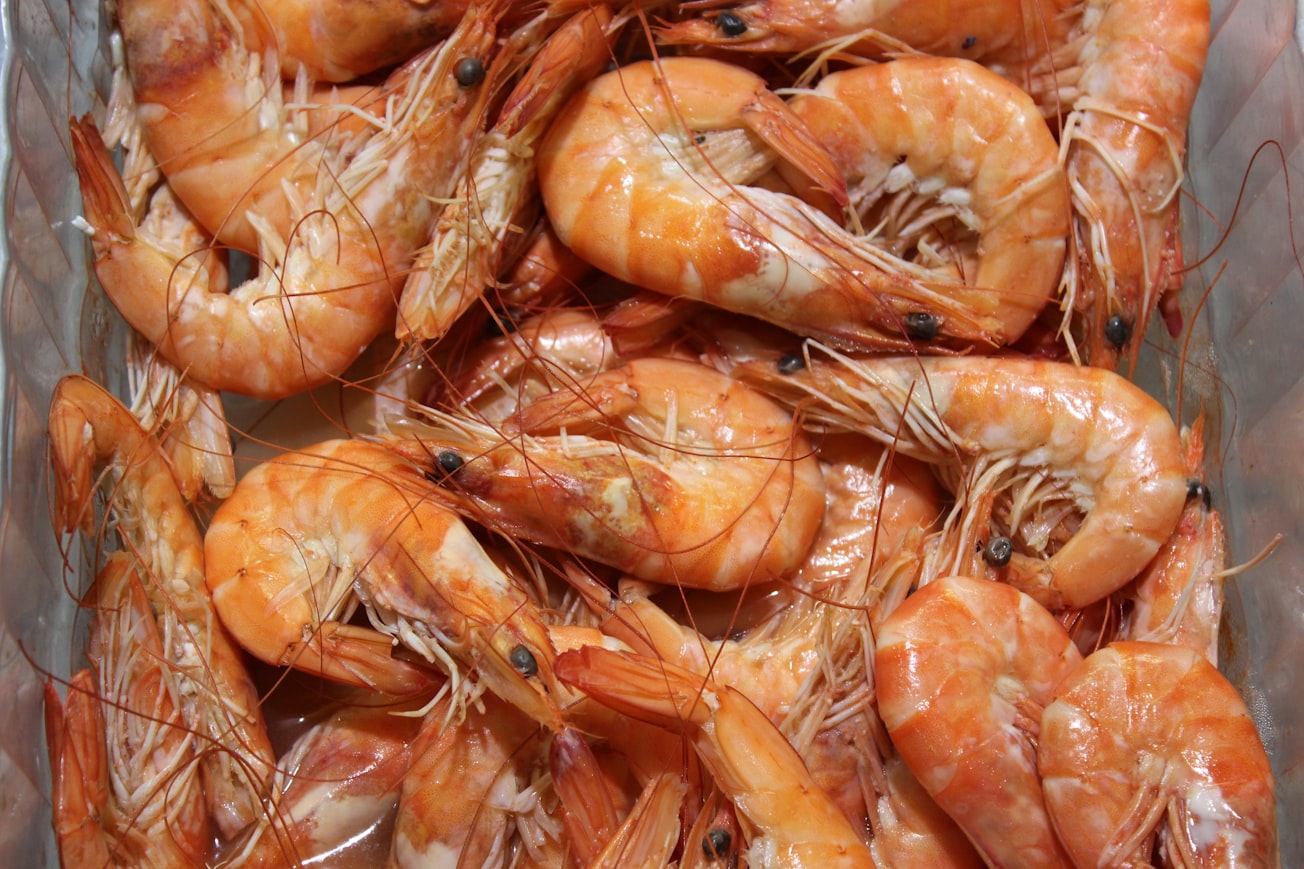What is it about?
Fossil freshwater carideans are very rare worldwide. Here, we present new taxonomic remarks about Beurlenia araripensis from the Early Cretaceous laminated limestones of the Crato Formation, Araripe Basin, northeastern Brazil. We analyzed five fossil samples, testing the morphological variations such as, rostrum with 5 to 14 supra-rostral spines and 2 to 3 sub-rostral spines, which appears as serrate for Caridea. This variation demonstrates a morphologic plasticity also seen in extant species of the group, such as those of the genera Macrobrachium and Palaemon.
Featured Image

Photo by Anthony Camp on Unsplash
Why is it important?
Caridean fossils are rare, and their anatomical details are not well known due to a typically poor state of preservation. The information presented here may be valuable in understanding its classification. The number of rostral teeth is of great importance in the discrimination of different genera and species of Caridea, but other characters may also be significant for the identification of B. araripensis.For instance, the morphological plasticity with this species is meaningful to understand the evolutionary and environmental stages of these decapods.
Read the Original
This page is a summary of: New data on Beurlenia araripensis Martins-Neto & Mezzalira, 1991, a lacustrine shrimp from Crato Formation, and its morphological variations based on the shape and the number of rostral spines, PLoS ONE, March 2021, PLOS,
DOI: 10.1371/journal.pone.0247497.
You can read the full text:
Contributors
The following have contributed to this page










